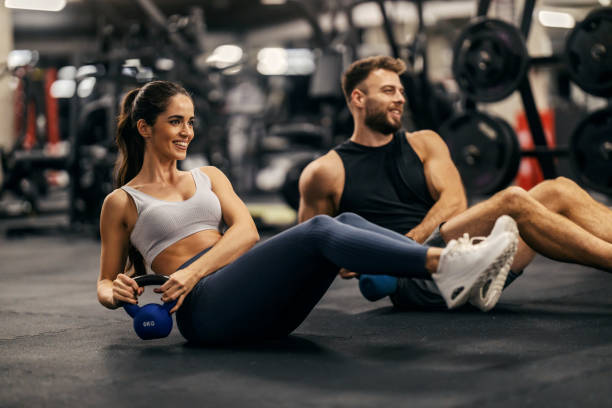1. Fitness & Movement

What is Fitness & Movement
Fitness and movement refer to the body’s ability to perform daily activities efficiently through strength, endurance, flexibility, and coordination. It emphasizes staying active and engaging in different forms of physical activity that promote health and vitality. Regular movement supports heart health, strengthens muscles, improves balance, and enhances mental well-being. By maintaining an active lifestyle, individuals can prevent diseases, boost energy levels, and improve overall quality of life, ensuring both the body and mind remain strong, resilient, and capable of performing everyday tasks with ease and confidence.
In simple terms:
➡️ Fitness = the condition of being physically healthy and strong.
➡️ Movement = any physical activity or body motion that contributes to maintaining or improving fitness.
Contact us.
More information.
Subtopics of Fitness and Movement
Physical Components
Cardiovascular endurance (heart and lung health)
Muscular strength
Muscular endurance
Flexibility
Body composition
Types of Movement
Aerobic exercises (running, cycling, swimming)
Anaerobic exercises (weightlifting, sprinting)
Functional movements (daily activity-based movement)
Mobility and flexibility training (yoga, stretching)
Exercise and Training Methods
Resistance training
High-Intensity Interval Training (HIIT)
Circuit training
Core strengthening
Balance and coordination exercises
Benefits and Movement
Improves cardiovascular health
Increases strength and flexibility
Boosts mental health and mood
Aids in weight management
Enhances overall quality of life
Lifestyle and Habit Building
Creating daily movement routines
Setting fitness goals
Overcoming sedentary behavior
Incorporating active hobbies (walking, dancing, sports)
Injury Prevention and Recovery
Warm-up and cool-down routines
Proper posture and form
Rest and recovery techniques
Physical therapy and rehabilitation
